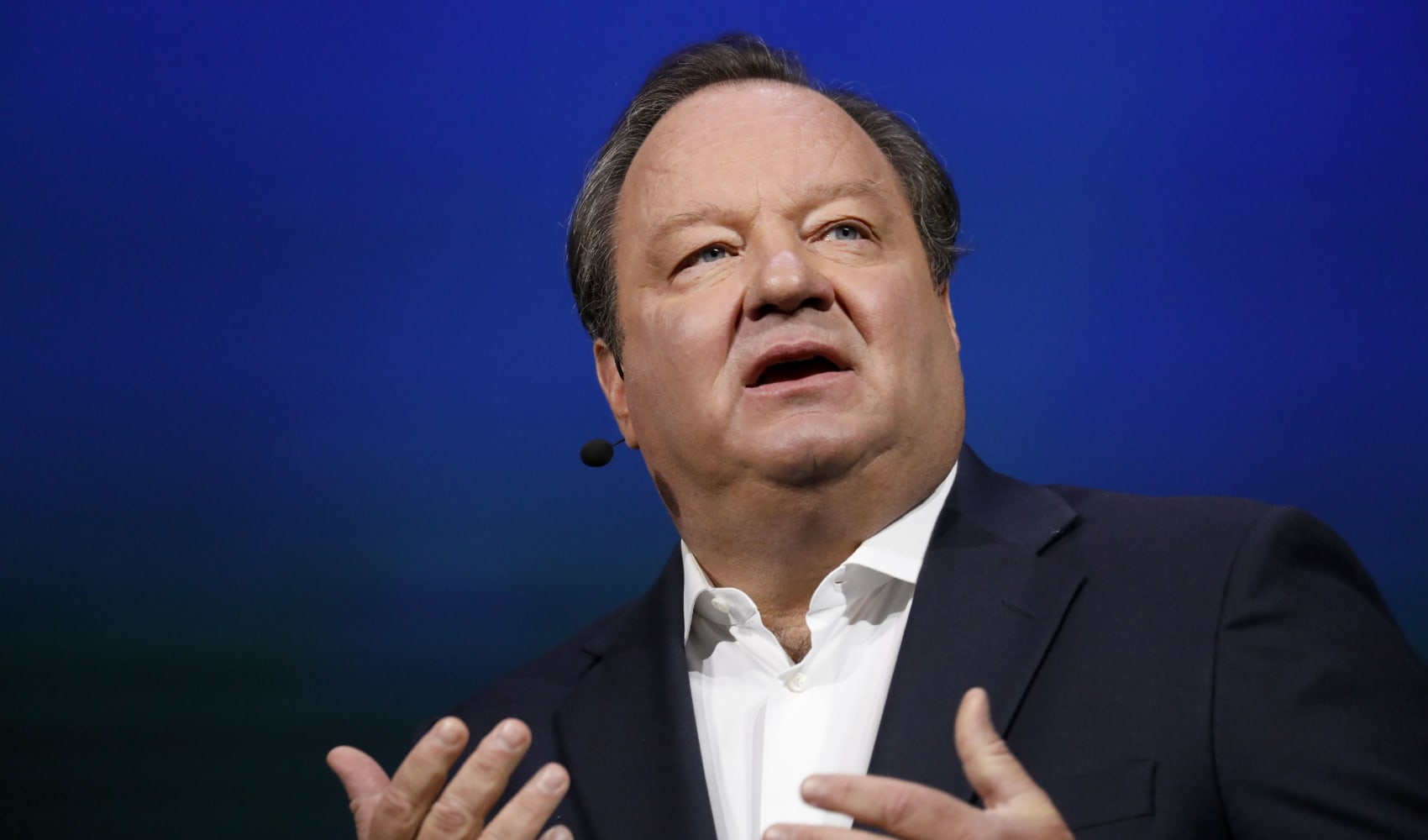
- President Joe Biden's student loan forgiveness plan may fall through due to challenges in Supreme Court.
- Borrowers should explore the many other loan relief options across the country for which they may qualify.
With President Joe Biden's student loan forgiveness plan on hold and headed to the Supreme Court, tens of millions of Americans are wondering if they'll ever see the relief they were promised.
Legal experts say the president's policy, which would cancel up to $20,000 for borrowers, faces a narrow path to survival with the justices.
Yet whether or not Biden's effort succeeds, it behooves borrowers to learn about the many other student loan forgiveness plans that exist across the country, said higher education expert Mark Kantrowitz.
Get Boston local news, weather forecasts, lifestyle and entertainment stories to your inbox. Sign up for NBC Boston’s newsletters.
More from Personal Finance:
These strategies can help you dig out of holiday debt
5 money moves to set you up for financial success in 2023
Use pay transparency to negotiate a better salary
"There are many other opportunities for loan forgiveness that often go unknown because there is no global database of all student loan forgiveness options," he said.
Popular repayment plans lead to forgiveness
Money Report
After 20 to 25 years of payments, borrowers enrolled in so called income-driven repayment plans get any remainder of their debt cancelled by the federal government.
"Income-driven repayment plans are also student loan forgiveness plans," Kantrowitz said.
In the meantime, borrowers' monthly bills are capped at a share of their discretionary income, and some payments wind up being as little as $0. As a result, experts recommend that low-income borrowers explore the options.
And while the debt forgiveness used to trigger a tax bill, a recent law ended that policy until at least 2025, and experts expect it to become permanent.
Many qualify for Public Service Loan Forgiveness
Signed into law by then-President George W. Bush in 2007, the Public Service Loan Forgiveness program allows certain nonprofit and government employees to have their federal student loans canceled after 10 years, or 120 payments.
Although the program has had its fair share of problems, the Biden administration recently made a number of improvements to it.

There are typically three primary requirements to qualify for the program, although the recent changes provide some more wiggle room in certain cases:
- Your employer must be a government organization at any level, a 501(c)(3) not-for-profit organization or some other type of not-for-profit organization that provides public service.
- Your loans must be federal Direct loans.
- To reach forgiveness, you need to have made 120 qualifying, on-time payments in an income-driven repayment plan or the standard repayment plan.
The best way to find out if your job qualifies as public service is to fill out a employer certification form.
In 2013, the Consumer Financial Protection Bureau estimated that 1 in 4 American workers could be eligible for the program.
Forgiveness options for teachers, nurses and others
In addition to those two main programs, there are numerous other forgiveness opportunities that many borrowers miss out on because they don't know about them, experts say.
Full-time teachers who work for five consecutive years in a low-income school may be eligible for up to $17,500 in loan forgiveness under the Teacher Loan Forgiveness Program.
The Nurse Corps Loan Repayment Program allows certain nurses to get up to 85% of their student debt cancelled.
Health professionals who commit to at least two years of service in a Native American community can receive as much as $40,000 in student loan assistance through the Indian Health Service Loan Repayment Program.
The John R. Justice Student Loan Repayment Program provides loan assistance of up to $4,000 a year, or as much as $60,000 in total, to state and federal public defenders and state prosecutors who agree to remain employed in those positions for at least three years.
Federal agencies also offer student loan repayment assistance programs, Kantrowitz said. Agencies can make payments to a federal employee of up to $10,000 a year, for a total of $60,000, according to the U.S. Office of Personal Management.
Meanwhile, there are numerous state-level student loan forgiveness programs.
For example, the Get on Your Feet Loan Forgiveness Program in New York offers certain recent graduates who are enrolled in an income-driven repayment plan relief equaling 24 months of payments.
And lawyers in Texas who work for specific legal aid programs may be eligible for the Texas Student Loan Repayment Assistance Program.
"Student loan forgiveness is based on the borrower's occupation, in most cases," Kantrowitz said. "So they should look for forgiveness based on their job, especially for their state."






